Milkweed menagerie
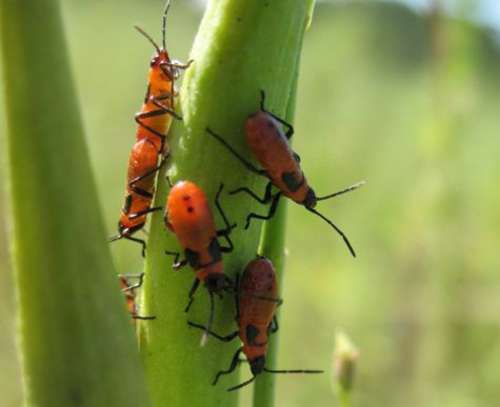
Milkweed bug nymphs cluster on a whorled milkweed plant.
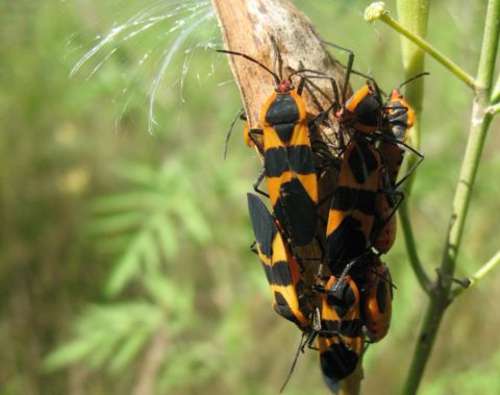
The adult milkweed bug's orange and black colors warn predators that it's not good to eat.
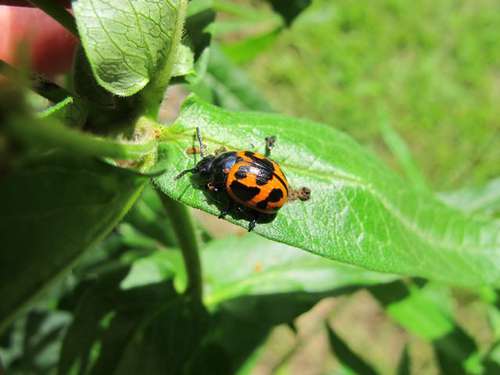
The milkweed leaf beetle is also known as the swamp milkweed leaf beetle for its preference for this plant.
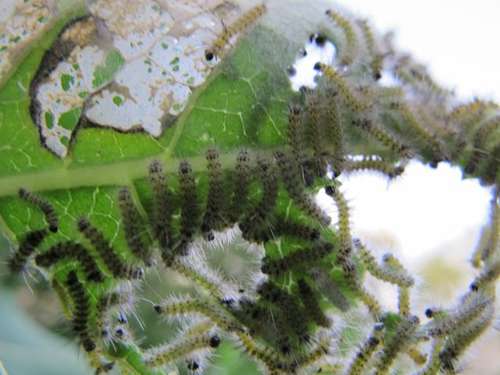
Skeletized milkweed leaves (where only the veins are left uneaten) are a sure sign of milkweed tussock moth larvae.
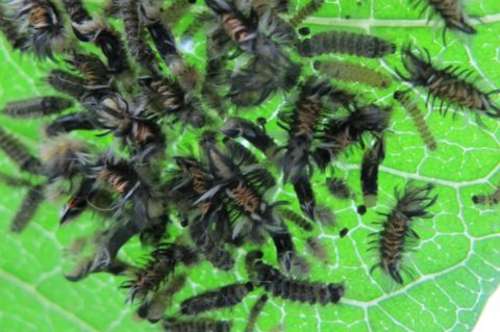
Small milkweed tussock moth larvae live in clusters. Group living decreases the chances of predation for any single individual.
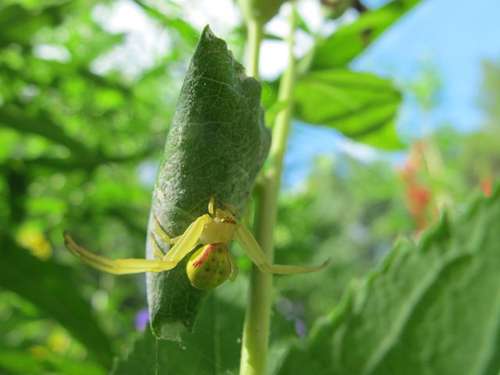
The golden crab spider is one of only two species in North America that can change its color -- white or yellow. They prey on insects and caterpillars.
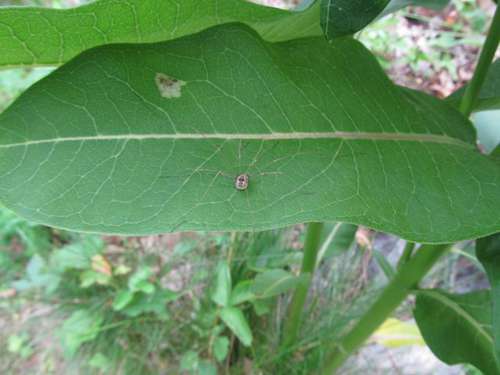
A daddy longlegs cleans up plant and animal debris, eats small insects and drinks plant juices.
Photos: Karen Schik
A couple years ago we started raising monarch butterflies at our house providing a safe place for the larvae to mature. As part of the process of scouring milkweed plants for eggs and larvae, I began to notice the myriad other critters camping out on milkweed plants. Its a jungle out there! A whole, fascinating ecosystem develops on milkweeds. Apparently Im not the first one to notice this as there are whole books written about milkweed wildlife (such as Milkweed, Monarchs and More, by Rea, Oberhauser & Quinn), but Ill offer a few highlights about a few species Ive observed.
Many insects found on milkweed can also be found many other places, but there are several species besides monarchs that seem to specialize in milkweeds the milkweed tussock moth, milkweed bug, milkweed leaf beetle, and milkweed long-horned beetle, are a few of the common ones. The latter three are similar in that they are all boldly colored orange and black, like the monarch, to signal (or falsely give the impression) that they taste bad. All of these insects feed on leaves and blossoms of milkweed plants. However, only the long-horned beetles make squeaking noises when disturbed.
The milkweed tussock moth is easily noticed when present on a milkweed plant, because the eggs are laid in a fuzzy patch and the larvae start out in large clusters, eating all the tissue of the milkweed leaf and leaving only a skeleton of veins. As they mature, the caterpillars are covered with orange, black and white bristles with punky tufts at the head and rear, and they become solitary. I fostered one of these larvae and the moth emerged the next spring, a lovely tawny gray color with an orange and black body.
Besides insects, another group of invertebrates that reside on milkweed plants is the arachnids, including spiders and harvestmen, a.k.a. daddy longlegs. The spiders are all predators, feeding on caterpillars and insects that visit milkweed plants. The golden crab spider is a common milkweed inhabitant, where it often waits for prey amongst the flowers. It blends in quite well as it can change its body color (white or yellow) to match the background. It is only one of two spider species in North America that can do this. Daddy longlegs (which are not spiders!) are omnivorous, cleaning up dead plant and animal debris, preying on small animals (aphids, flies, spiders etc) and drinking plant juices and nectar.